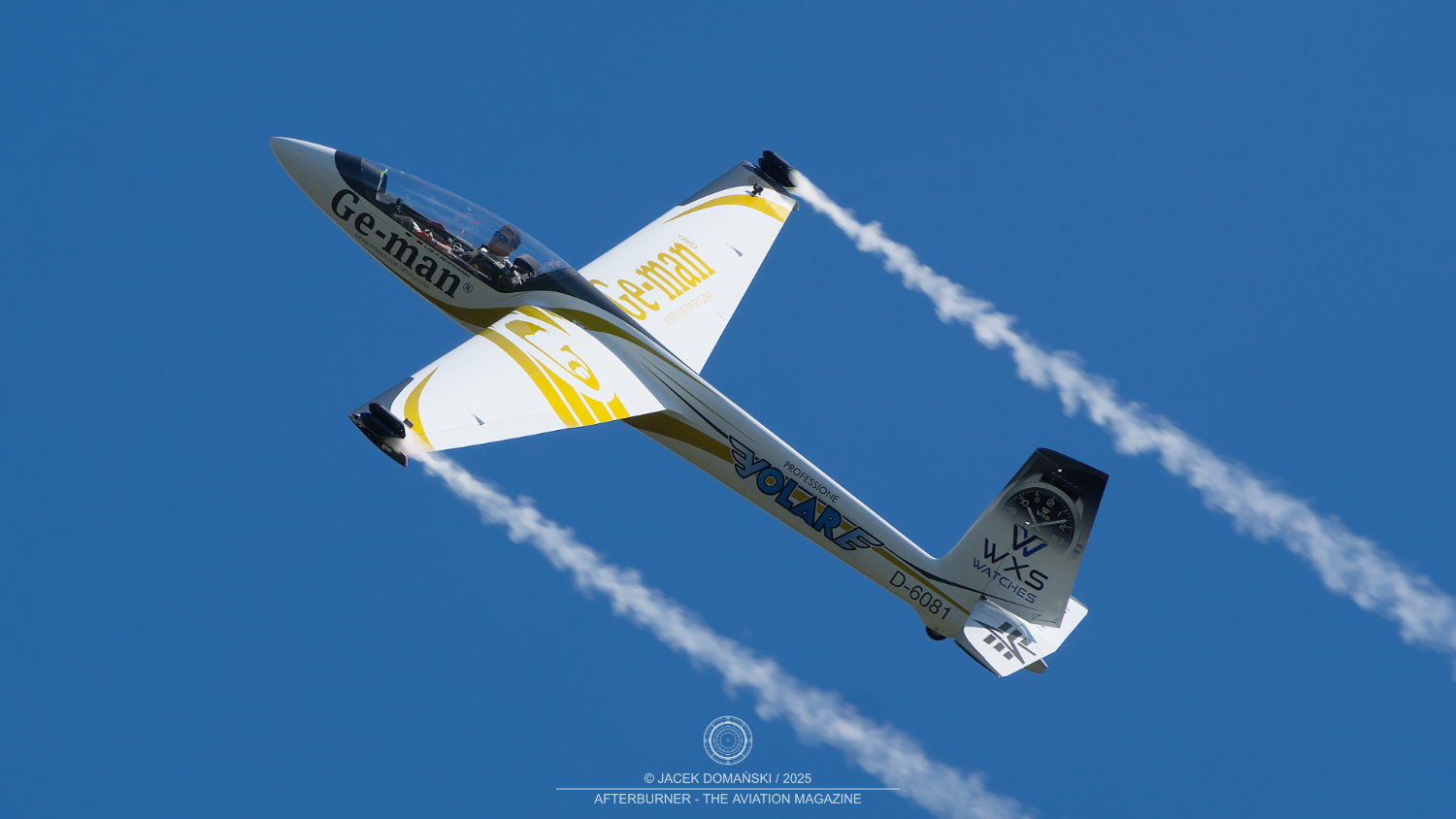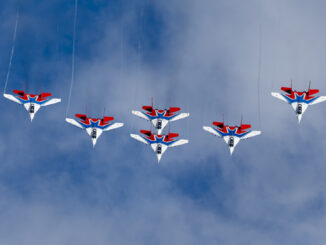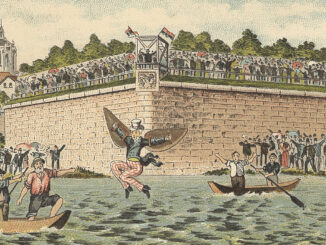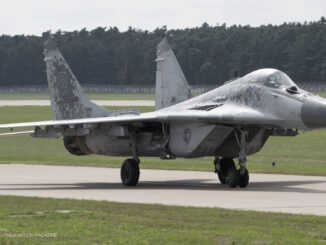 Swift S-1 (c/n 124, D-6081), flying display at Den ve vzduchu 2025 air show, Plasy, April 2025.
Swift S-1 (c/n 124, D-6081), flying display at Den ve vzduchu 2025 air show, Plasy, April 2025.
The post-war history of Polish aerobatic gliders began with the IS-4 Jastrząb (English: hawk), developed in 1949 by the then Instytut Szybownictwa (Gliding Institute) in Bielsko-Biała. The sailplane was produced in approximately forty examples and was mainly used by domestic aeroclubs.
In 1958, development of its successor, designated SZD-21 Sokół (English: falcon), commenced. It was designed at the same institute, now renamed Szybowcowy Zakład Doświadczalny (Glider Experimental Works), as a single-seat aerobatic glider of mixed metal and wood construction.
However, it was precisely the mixed construction that caused numerous issues. Consequently, it was decided to redevelop the aircraft and create an aerobatic glider made solely of wood. The new sailplane, now designated SZD-21 Kobuz (English: Eurasian hobby), made its first flight on 3rd June 1961. After more than three years of further development, the SZD-21 was approved for serial production – albeit in small numbers – as the SZD-21B Kobuz 3.
In the early 1990s, work began on a new aerobatic glider intended to replace the Kobuz. The sailplane was developed at Zakłady Lotnicze Margański & Mysłowski S.A. (Margański & Mysłowski Aviation Works JSC) in Bielsko-Biała by the construction team of Edward Margański and Jerzy Cisowski.
The designers of the new glider decided to retain the original aerodynamic concept of the Kobuz. Nevertheless, they created an aircraft of contemporary glass-fibre epoxy composite construction, incorporating the most modern technology available at that time. As a result, the combination of a traditional airfoil originating from the mid-1940s and modern innovations produced a robust and fast glider, precisely tailored to the demanding requirements of aerobatic flying.
On 11th January 1990, the new glider successfully performed its maiden flight. The aircraft was certified for a maximum allowable G-force of ±10g and a top speed of 287 kph (although it was successfully tested with the speeds up to 320 kph). It offered several advantages essential for successful aerobatics, such as a very high roll rate, a flat drag curve, and excellent visibility from the cockpit. However, it had a low glide ratio in inverted flight, which was identified as the main drawback of the new sailplane.
The aircraft was designated Swift S-1, as its marketing and sales were entrusted to a new entity – a Polish-Swiss-British joint venture named Swift Ltd.
In August of 1991, the S-1 made its debut at the 4th FAI World Glider Aerobatic Championships in Zielona Góra. Polish pilots Jerzy Makula, Tadeusz Mężyk, and Marek Hernik – all flying Swift gliders – secured first, second, and third places in the individual category, respectively, as well as won the team competition.
Since then, the S-1 has become a favourite aircraft of world-class aerobatic champions from Austria, the Czech Republic, France, Germany, Hungary, Italy, Russia, Switzerland, and, of course, Poland. At both the European and World Glider Aerobatic Championships, the majority of pilots finishing in the top three in both Advanced and Unlimited categories have flown Swift S-1 gliders.
In 1993, Edward Margański, Leszek Dunowski, and Jerzy Makula developed a two-seat aerobatic glider based on the S-1 design, designated MDM-1 Fox (the name MDM derives from the initials of the constructors’ surnames).
Luca Bertossio, an Italian multiple world champion in glider aerobatics and winner of several FAI medals, is among those who have chosen the Swift S-1 as their base aircraft. At the end of April 2025, Bertossio participated in Den ve vzduchu air show, held at Plasy airfield in the Czech Republic.
The outstanding aerobatic display flown by the Italian champion was warmly received, and upon landing, he was greeted with cheers and applause from the spectators. His exceptional performance in the S-1 glider proved to be one of the highlights of the Plasy event – where our current Photo of the Week was taken.



